The Importance of Goal-Setting for Athletes
Setting goals is an important aspect of any athlete’s life and becomes even more vital when viewed from the long-term lens of forging a successful career. A goal helps to keep the athlete motivated in the never-ending search for success and hungry to always keep pushing to achieve bigger targets.
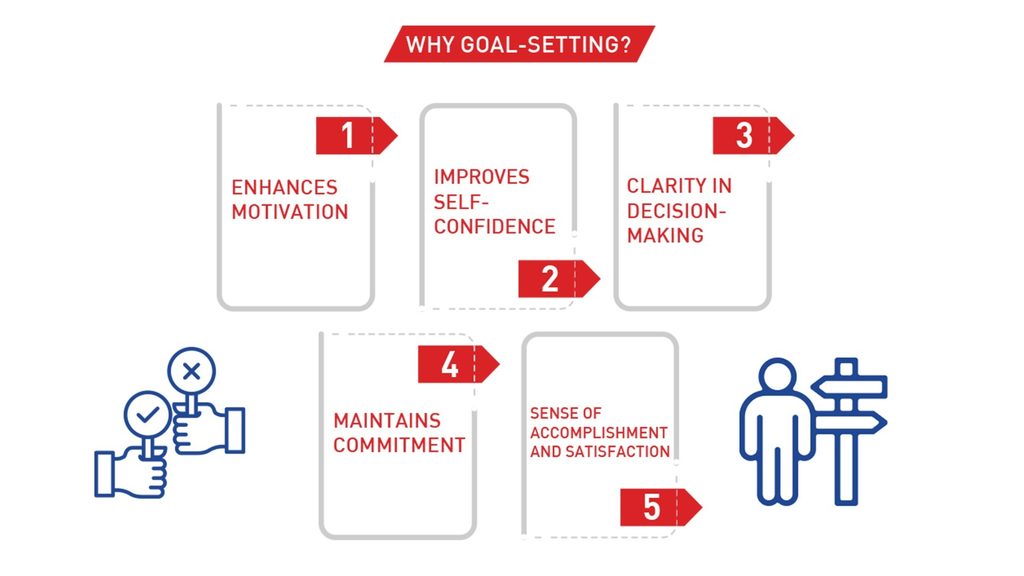 Setting goals is an important aspect of any athlete’s life and becomes even more vital when viewed from the long-term lens of forging a successful career. A goal helps to keep the athlete motivated in the never-ending search for success and hungry to always keep pushing to achieve bigger targets.
Setting goals is an important aspect of any athlete’s life and becomes even more vital when viewed from the long-term lens of forging a successful career. A goal helps to keep the athlete motivated in the never-ending search for success and hungry to always keep pushing to achieve bigger targets.
But what exactly is a goal? How do you define them? And are your goals realistic? We’re going to answer these and other goal-setting related questions you might have in this short blog piece.
What are goals?
A goal is what an athlete targets to achieve within a certain timeframe. Goal setting is a process in which you set short term goals and long term goals.
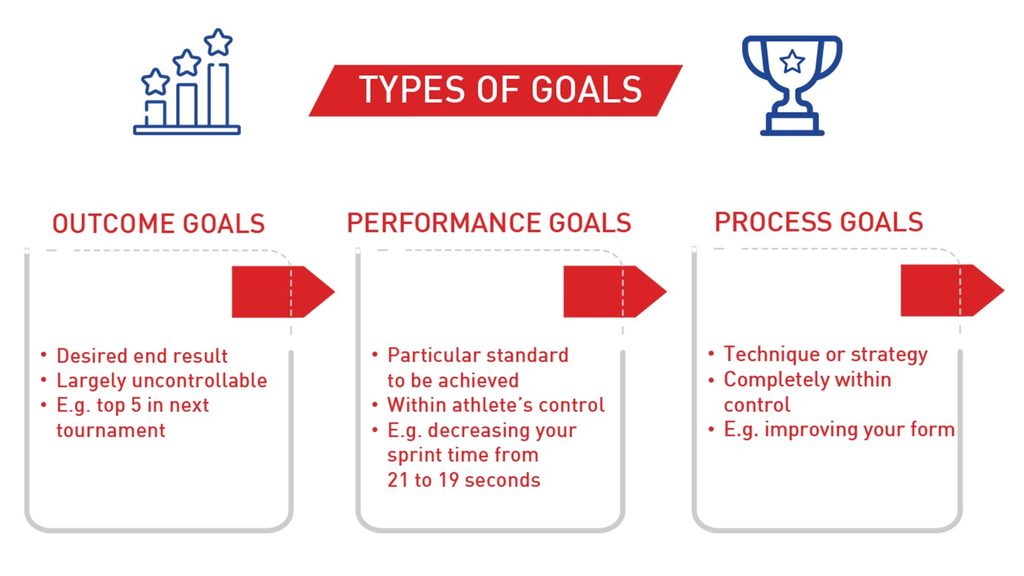 Short term goals, as the name suggests, are targets which should ideally be achievable within a year. Hence, they may either be daily goals, weekly goals or at times monthly goals.
Short term goals, as the name suggests, are targets which should ideally be achievable within a year. Hence, they may either be daily goals, weekly goals or at times monthly goals.Long term goals could take anything from a year to five years for the athlete to achieve.
What to keep in mind when setting goals?
1) Set realistic number of goals:
We tend to get carried away in our excitement to work on ourselves and end up setting too many goals, much more than it is possible to achieve. However, we lose a lot of confidence when we fail in our endeavour to achieve these goals. It’s practically impossible to achieve too many goals in a short timeframe and it is best to avoid this situation by only setting a realistic number of goals.
2) Adjust and revisit goals:
It isn’t a rule that all our goals are set in stone and can never ever be reset or changed. In fact, it’s a much more healthier approach to revisit our goals and adjust them according to current circumstances which tend to change. For eg: If you meet with an injury, then it’s important to not get disheartened, but rather to reset your goals into what will be practically achievable to keep you motivated.
3) Evaluate goals:
We should always revisit our goals and evaluate whether we are on track to meet the expectations we have set for ourselves. Often there is a need to evaluate your goal and set a more realistic target.
4) Be more specific:
A common mistake we make when setting goals is being too general about what we want to achieve. We need to be more and more specific about what exactly we want to achieve in the end.
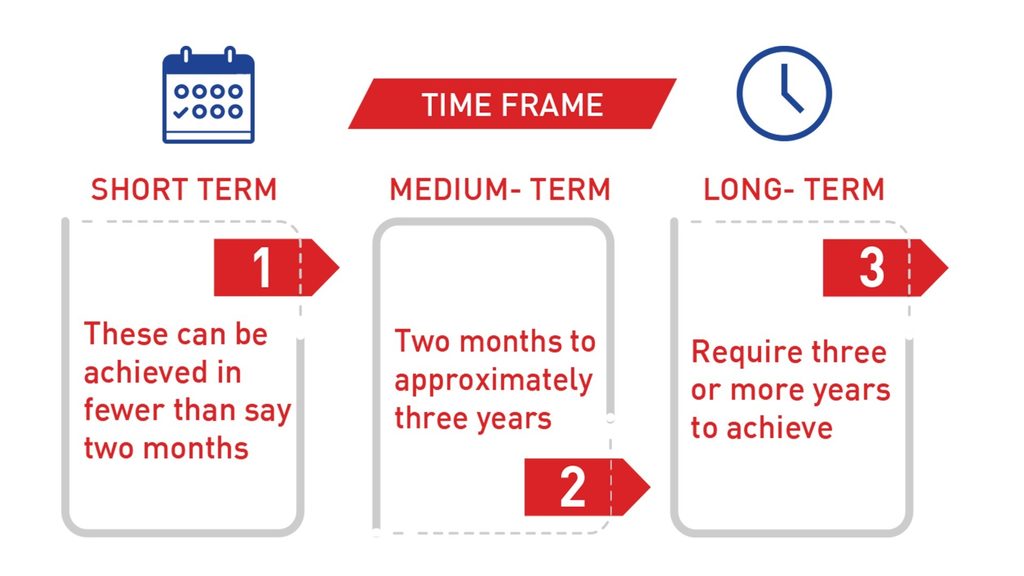 What’s the ideal timeframe for setting goals?
What’s the ideal timeframe for setting goals?1) Short term goals: The timeframe for these should always be lesser than two months to be most effective. These could mean daily, weekly or even monthly goals.
2) Medium term goals: The timeframe for these goals would be anything between two months to two years.
3) Long term goals: These are goals which would take between two years to five/ten years to achieve.
What are the different types of goals?
1) Outcome Goals: These are goals with a desired end result which may not always be completely controllable by the athlete. For eg: Setting a goal like finishing in the top 5 of the next tournament will also depend on the competitors in the particular race.
2) Performance Goals: These are when an athlete sets a particular standard that they would like to achieve. This is more within the control of the athlete. Eg: Decreasing sprint time from 21 to 19 seconds.
3) Process Goals: This is a goal that focuses on the athlete’s technique or strategy. This is completely within the control of the athlete as it stresses more on the process. For eg: Improving your form in a particular exercise.
The entire process of Goal-Setting in a nutshell
To recap, we’ve got a simple formula for you to keep in mind when setting goals. It’s called the SMARTS framework.
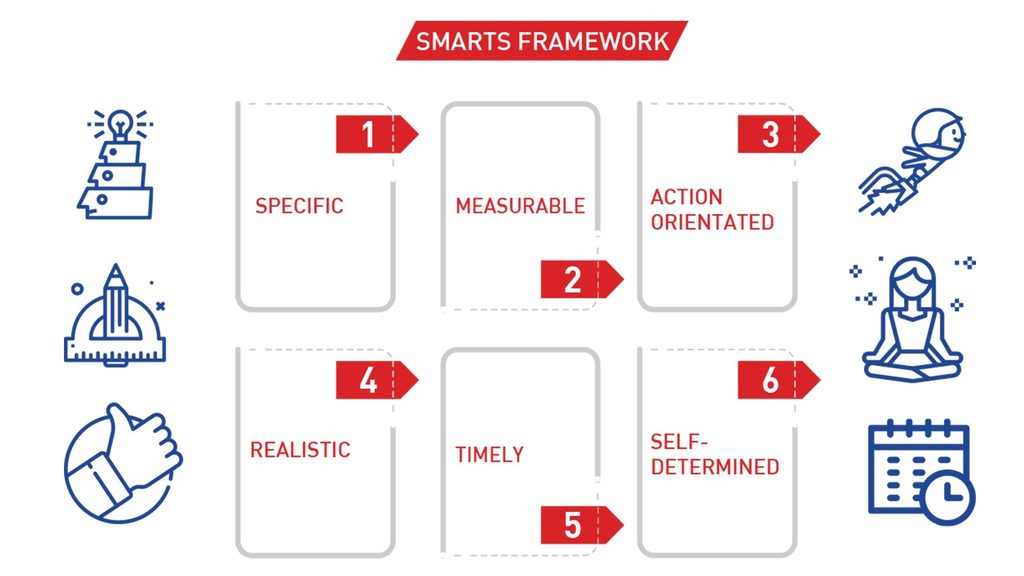 S- Specific: Be very specific about what exactly you want to accomplish. Eg; Improve/decrease my time in 200 m race.
S- Specific: Be very specific about what exactly you want to accomplish. Eg; Improve/decrease my time in 200 m race.M - Measurable: Set at the very beginning how will you quantify your target. Eg; reducing your time on a run or weight, etc.
A - Action Oriented: What you need to do to achieve your goal. Set out the various steps you need to undertake.
R - Realistic: Is it really possible to achieve the goal. It’s important to also revisit and reevaluate the goals you set.
T - Timely: What time frame are you setting for achieving your goal. Eg; 1 week, 1 month, etc.
S - Self determined: Set your own goal, this will help to increase your motivation and keep you committed to the cause.

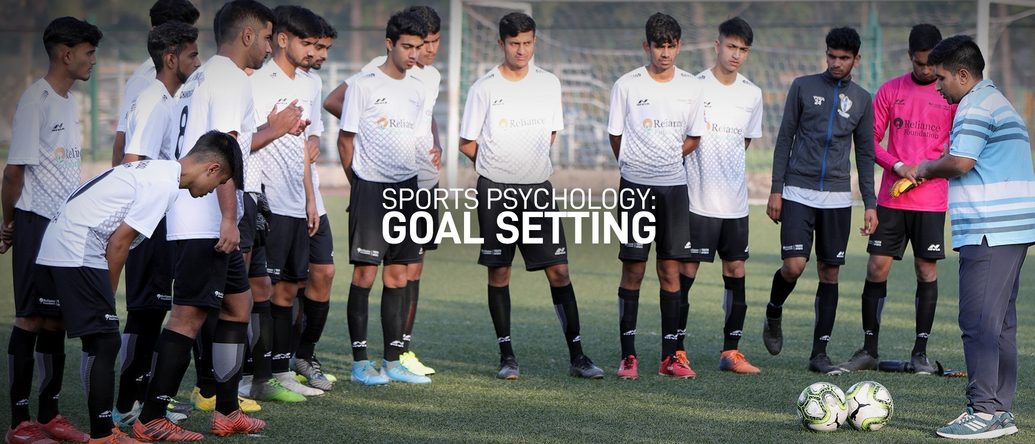






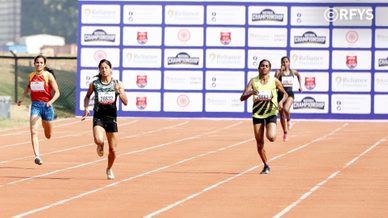



Your Comments